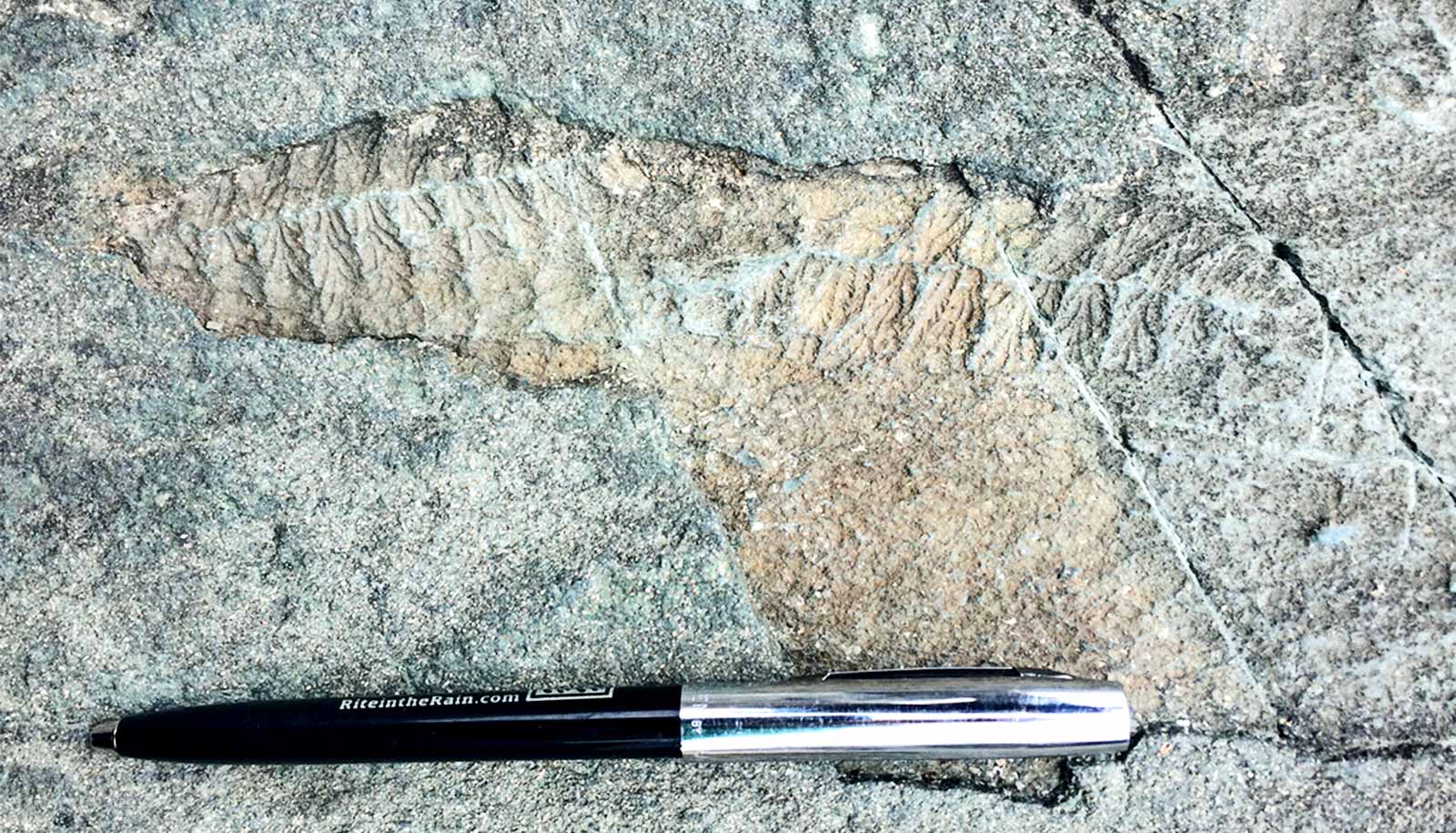A study offers new context for a pivotal step in the evolution of life on Earth: the dramatic proliferation of animal life, hundreds of millions of years ago, in the ancient sea.
The prevailing scientific theory has been that ancient waters were filled with nutrient-rich particulate matter, giving the oceans a soup-like consistency. In that scenario, early animal life—living on the seafloor and shaped like fronds, leaves, and bushes—could feed and thrive without moving.
But a new study in the journal Proceedings of the National Academy of Sciences suggests the real story of the rise of animals is more complicated.
The ancient sea of 600 million years ago was not soupy, the researchers say. Instead, it had a consistency and nutrient level similar to today’s oceans. This would have had major implications for the story of animal evolution.
“This work is causing us to reexamine the fundamental question of how and why animals emerged and began to thrive on our planet,” says coauthor Lidya Tarhan, an assistant professor of earth and planetary sciences at Yale University.
“Earth’s earliest animal communities would have found food hard to come by, perhaps spurring the evolution of more active ways of catching and digesting food, such as the ability to move and actively graze, prey, or scavenge upon other organisms—the behaviors we associate with animals today,” Tarhan says.
For the study, the researchers focused on marine dissolved organic carbon (DOC), the largest pool of reduced carbon in ocean waters. In the modern ocean, DOC plays a key role in regulating atmospheric oxygen and carbon dioxide levels. Yet little is known about the evolution of marine DOC throughout Earth’s history.
The researchers created a computational model that captures the dynamics of marine DOC in both oxygen-rich and oxygen-poor modern ocean systems. Using this model, the researchers then estimated the size of the marine DOC pool throughout history.
“Our results indicate that, despite all of the environmental and biological changes that occurred throughout Earth’s history, the size of the marine DOC reservoir has remained essentially constant,” says first author Mojtaba Fakhraee, a NASA postdoctoral fellow with a joint appointment at Yale and Georgia Tech. “Our findings cast doubt on previous suggestions that a change in marine DOC could have played an important role in driving key biological and environmental events.”
In addition, the researchers say the study offers valuable information for understanding the history of Earth’s carbon cycle. Previously, scientists had theorized that some of the largest disruptions in the global carbon cycle were caused by the oxidation of ancient marine DOC as Earth’s oxygen levels began to rise.
“We show that throughout Earth’s history, and regardless of major changes in ocean oxygen levels, the size of this oceanic pool of dissolved organic carbon remained largely constant,” Tarhan says.
“We need to entirely reconsider previous models for what factors drove the emergence of multicellular life, the ecology of Earth’s earliest animals, and the causes of major perturbations to Earth’s carbon cycle.”
Additional coauthors are from Yale and Georgia Tech.
Source: Yale University



